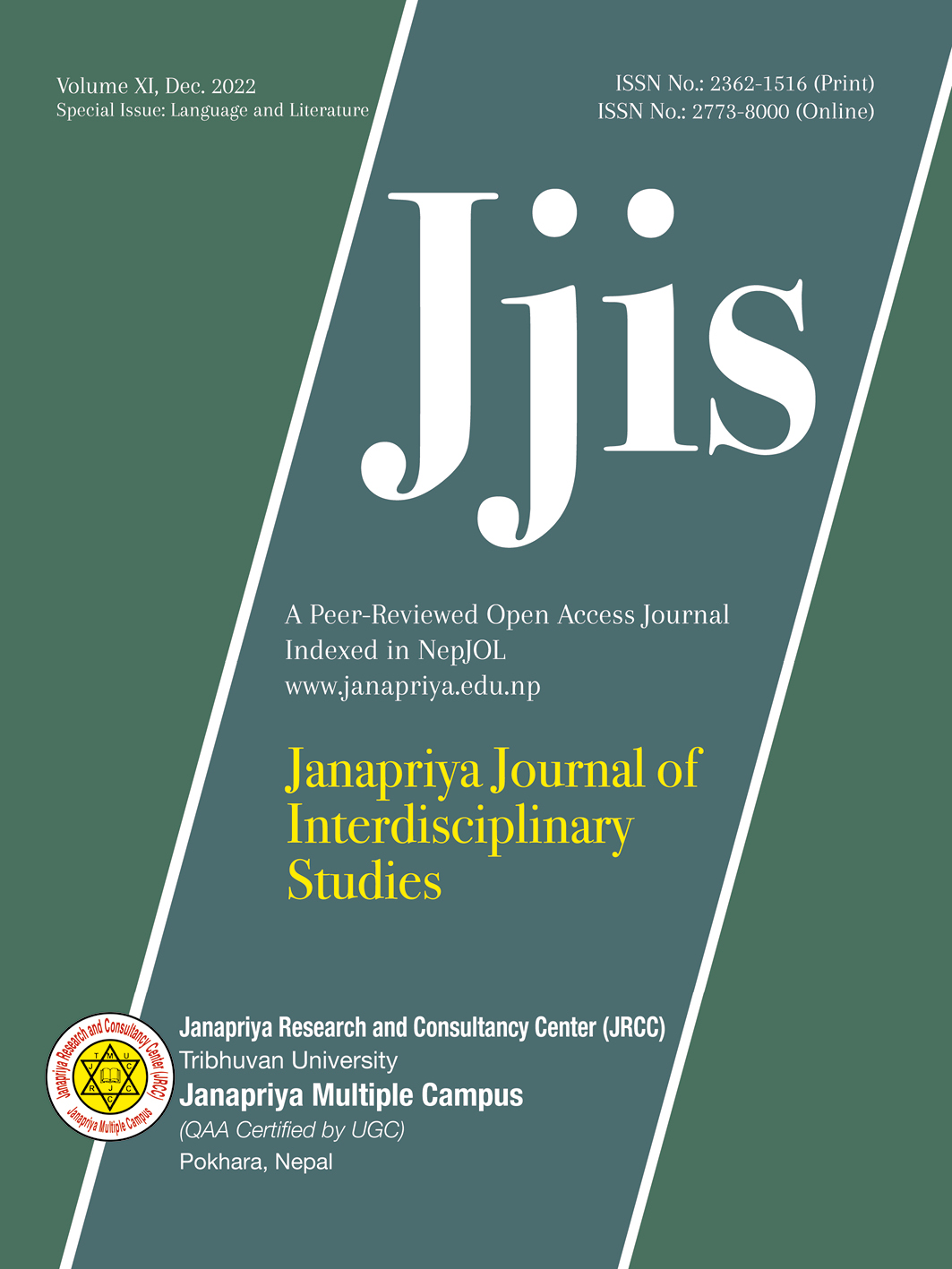Consciousness or Matter: Swami Prabhupada’s Power of Skepticism in Life Comes from Life
DOI:
https://doi.org/10.3126/jjis.v11i1.53913Keywords:
Consciousness, matter, Krishna consciousness, science, skepticism, spiritAbstract
This article examines and interprets the skeptical inquisitions of Swami Prabhupada about the matter as the source of creation in his Life Comes from Life. As a critique of dominant theories and presuppositions of science, the book establishes his belief that consciousness dwells in the creation, and it drives its entirety. Even matter and chemicals, which modern science supposes as the facts, come out of nature, and nature has its vibes in spirit. With the logics from the philosophy of the spiritual, Prabhupada establishes the validity that the materialist scientists are ignoramus because they could not form life and win death even though they are well equipped with the chemicals and labs. Besides, they formulate various but contradictory hypotheses in the different phases of their experiments. As hydrogen and oxygen simply do not formulate water, some human endeavor is required there. In the same way, guiding force is spirit or consciousness that drives the creation and life. In this regard, the dichotomy between spirit and matter, discussed in this work, remains a new revisiting. He puts strong skeptical inquisitions with his stands on the solid ground of philosophy of skepticism postulated by philosophers like, Arcesilaus, Pyrrho, Empiricus, and in some crucial points Descartes and Hume. To unveil these ideations, this paper implements a qualitative research approach and imperative method with the lens of the philosophy of skepticism as the theoretical tool.




